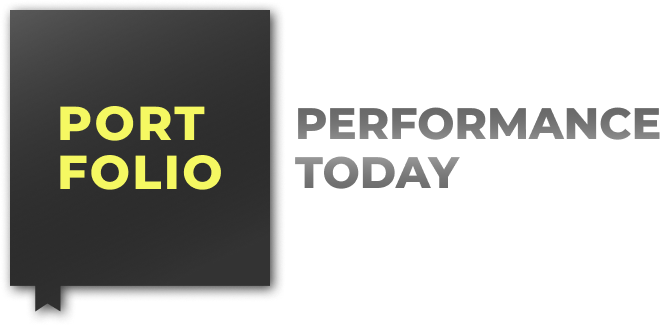Deepanshu Kaushik, a 28-year-old account executive, is trapped in a punishing EMI cycle.
With a monthly salary of ₹40,000, nearly half, about ₹18,000, vanishes on EMIs for personal loans and credit cards, leaving too little to cover rent, groceries, school fees, and medical needs for his wife and daughter.
Unexpected expenses push him to borrow more, deepening his debt. His shrinking budget and rising obligations leave him constantly anxious, unable to save or plan ahead.
Every month, the need to meet past commitments forces new compromises, keeping Deepanshu perpetually stuck and worried about the future.
India’s middle class is increasingly suffocated by a silent epidemic: easy credit has become a double-edged sword, pushing families into a worsening “EMI trap.”
Household debts have soared, defaults are mounting, and a string of newsworthy suicides highlights how financial distress has transformed into a quiet social crisis.
The debt spiral: Data speaks
India’s household debt has reached record heights, now sitting at approximately 48.6% of GDP as of March 2025, up sharply from 32% in 2019 and 41.9% just last year.
The per capita debt for individual borrowers is a staggering ₹4.8 lakh, representing a 23% increase in just two years.
This escalation is driven by a consumption-fueled lending boom; credit cards, small personal loans, and “Buy Now Pay Later” (BNPL) schemes have rapidly proliferated, enticing families with the promise of quick, frictionless borrowing.
The consequences are dire for the middle class.
As much as 33% of monthly salaries are being diverted to EMI repayments, squeezing budgets for essentials like food, healthcare, and children’s education.
Shockingly, 45% of middle-class families now spend over 40% of their income just servicing debt, a threshold widely recognized by financial experts as a warning sign for acute distress.
Defaults and delinquencies: The growing crack
The surge in borrowing is accompanied by an alarming uptick in defaults and credit card delinquencies.
Loans overdue by more than 90 days spiked to 3.6% in March 2025, up from 3.3% last year, with the default rate among young and rural borrowers particularly high.
Delinquencies in credit card repayments have shot up to 7.6% as of June 2024, and the non-performing asset (NPA) ratio for credit cards rose by 28.4% within a year.
Personal loans under ₹10,000 are seeing the sharpest pains, with default rates jumping by 44% from late 2023 to mid-2024.
In Tier 3 towns and rural India, loan defaults touched a six-quarter high, and over-burdened borrowers with scant financial literacy are most vulnerable.
The human toll
Behind these staggering statistics are real tragedies. In Karnataka alone, at least 17 people died by suicide in the first three months of 2025 due to harassment by microfinance lenders.
Across the country, studies now attribute 19% of suicides to financial distress, with 90% of those victims holding debts.
Recent months have seen a grim litany of cases: a newly-married man in Andhra Pradesh died by suicide over a mere ₹2,000 instant loan, while a young manager in Jhansi ended his life under the pressure of EMI recovery targets.
Even mass family tragedies, suspected to stem from overwhelming loan obligations, are becoming more visible in national headlines.
The lending boom: A dangerous growth
The personal loan market is exploding from $8.34 billion in FY2024 to a projected $54 billion by FY2032, growing over 26.5% annually.
Non-banking finance companies (NBFCs) are aggressively expanding in small-ticket lending, sometimes to borrowers with little credit history, creating conditions ripe for over-borrowing and cascading defaults.
Pradeep Saini, a senior bank executive spoke with Invezz and explained how EMIs have revolutionized loan sales strategies.
“Monthly EMIs make it much easier for customers to say yes to loans as they see the affordability of a small monthly outgo, not the long-term cost,” he says.
According to Pradeep, banks now actively push EMI-based products because they simplify achieving loan disbursal targets.
The real advantage for banks, he reveals, lies in the higher total interest accumulated from long-term, small-ticket EMIs compared to bigger, shorter-tenure loans, making EMIs a win-win for sales targets and profitability.
Why the trap is so dangerous
For India’s middle class, aspirations increasingly ride on borrowed funds: from education to smartphones, cars to homes.
But no financial cushion exists if jobs are lost or income slips.
Households, squeezed by stagnant wages and persistent inflation, find easy credit too tempting to ignore, only to be choked by EMI commitments when “minimum due” becomes a mountain.
Digital lending apps and buy-now-pay-later services have exploded in popularity over the past few years, offering quick loans and easy credit with just a few taps.
But for many borrowers, especially those new to credit, there’s little understanding of the risks involved and even less protection from reckless lending practices.
The Reserve Bank of India has started to step in, tightening rules around unsecured loans, while a few state governments are cracking down on coercive collection methods.
Still, much of the responsibility rests with lenders to prevent borrowers from spiraling into debt, and with policymakers to ensure people are better informed and supported.
The middle class, long seen as the backbone of economic progress, now faces an uncomfortable reality.
The promise of instant credit, without proper checks and guidance, risks turning a tool of empowerment into one of financial strain, where the road to opportunity might instead lead to uncertainty and stress.
The post The EMI trap: how easy credit is silently crushing India’s middle class appeared first on Invezz
